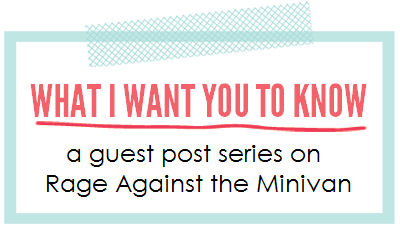When we first began considering adoption, we had to be honest with ourselves and do a lot of soul-searching. The simplest way to approach this was via a self-assessment. The questions we asked included:
• Were we willing to adopt a sibling group, and how many children could we realistically care for both emotionally and physically?
• Would we be comfortable remaining in contact with the birth family, or was a closed adoption a better choice?
• Could we cope with the challenges of emotional, developmental, or physical special needs? Which did we feel most comfortable coping with?
We also needed to look at our own support network of family and friends. We knew that adopting a child with special needs would only work if our own families supported us in the decision and were willing to help out when needed.
The most surprising thing to me was that special needs did not necessarily mean a developmental or physical disability. In many cases, these children were no different than any other! Although the common disabilities and illnesses most associate with special needs also applies to the adoption definition, children with none of these issues are also placed in this category. Sibling groups that can’t be broken up, children of racial and ethnic minorities, or those at risk of developing later problems are also considered special needs.
Once we understood both our own limitations and the true definition of special needs, it was time to make a choice. We began by weighing the pros and cons:
Pro: We wouldn’t have to wait as long to adopt. There are many more children with special needs in the system that desperately need a family.
Con: These children often have a checkered past, but very little known history to draw from, which can be stressful on everyone in the beginning.
Pro: Due to the amount of children in need of a home, we were more likely to receive adoption approval for a special needs child, even with our limited income.
Con: The attendant costs of health care and therapy for a special needs child can be extremely high.
Fortunately, there are subsidies and grants available to help offset the cost of care for special needs adoptive children. We already had young children at home, so we knew for us the best choice was a child with a physical disability so we wouldn’t introduce too much emotional turmoil into our young family.
We took the time, as a family, to learn as much as we could about our child’s disability. We came up with ways to help them adapt to our home and family routines, and the children helped decorate a new room in the child’s favorite colors.
Conclusion: Our new daughter has truly changed all of our lives for the better. She is teaching her new siblings that it’s possible to overcome any challenge with love and laughter, and we feel proud as we help her reach each new milestone in her development. Although special needs adoption isn’t for everyone, it was the right choice for our family.

